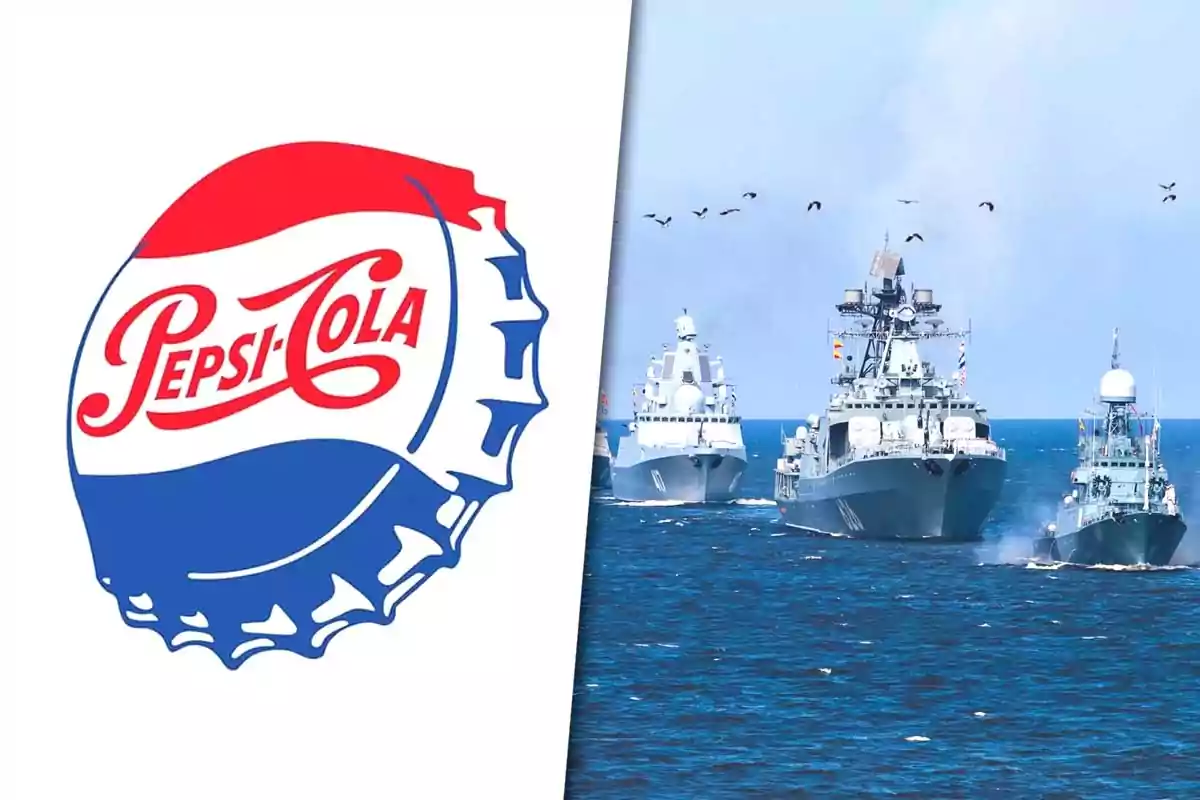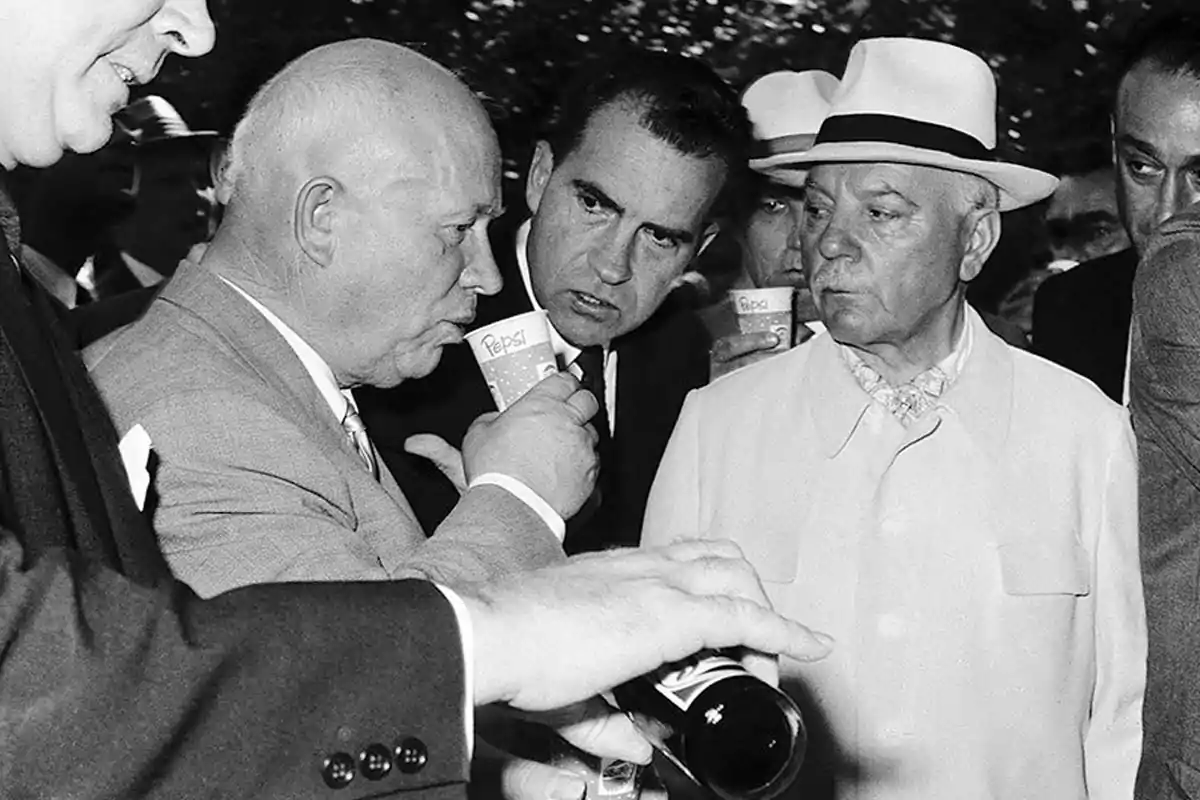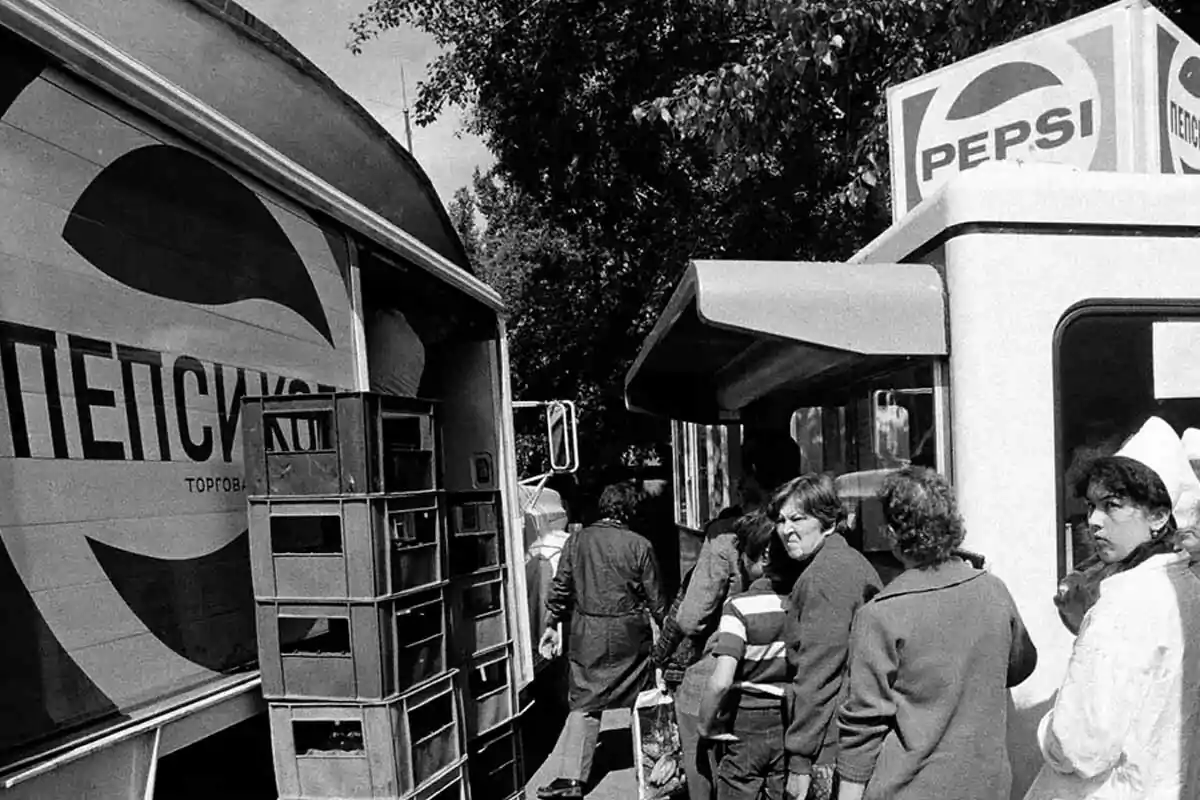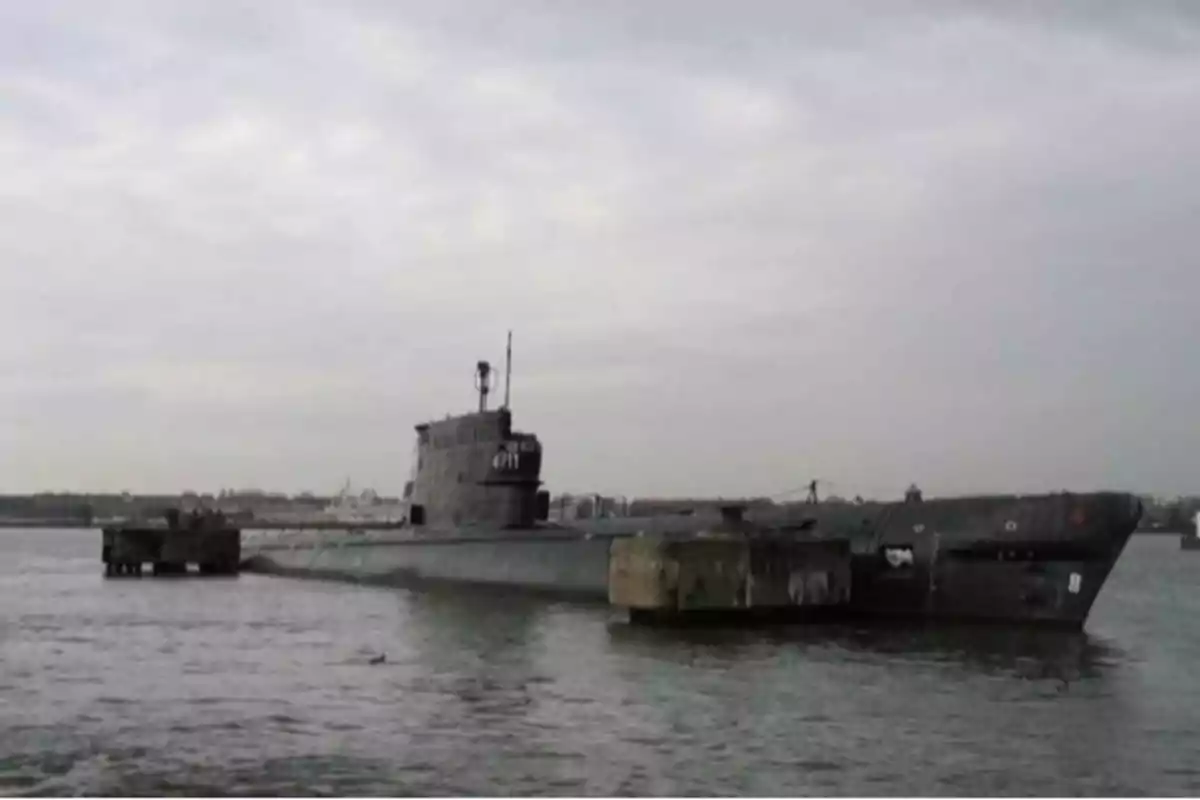
How Pepsi became a military powerhouse thanks to a historic negotiation with the USSR
All the details of the unprecedented 1989 swap between Pepsi and the failed USSR during the Cold War
In the height of the summer of 1959, while the Cold War was freezing the world, the United States and the Soviet Union were attempting a thaw. Both sides were betting on a peaceful coexistence that seemed unlikely.
From that context emerged an unusual alliance: the entry of Pepsi into the USSR. What was striking about this operation was what the USSR gave in exchange for having a communist system in the midst of an economic crisis.
An unexpected agreement in the midst of the Cold War
The idea was born at the American National Exhibition in Moscow in 1959. Vice President Nixon and Soviet Premier Khrushchev were sharing a tense moment when Donald Kendall, director of international operations at Pepsi, appeared.

Kendall had the cleverness to offer the overheated Khrushchev an ice-cold Pepsi, generating instant and free global publicity, as well as opening the door to the Soviet market. The image was a media sensation.
Although Khrushchev was supposedly "tricked" into choosing Pepsi made in Moscow over the American one (both contained the same thing), this initial gesture laid the foundation for a future commercial relationship. However, it was not until 1972 that Pepsi finally entered the USSR. In the meantime, serious conflicts were overcome, such as the downing of an American spy plane in 1960 and the Cuban Missile Crisis.
With Leonid Brezhnev at the helm of the Kremlin, Pepsi made history by becoming the first American product to be established on Russian soil. The agreement was brilliant: since it was not possible to convert Soviet rubles into international currency, Pepsi accepted Stolichnaya vodka as a means of exchange, an iconic Russian drink designed by the renowned chemist Dmitri Mendeleev.
The barter was an absolute success. Pepsi exported vodka to the United States, generating millions in profits, while in the Soviet Union, production plants for the soft drink multiplied, starting in Novosibirsk. A city that gained great fame by attracting tourists eager to try the refreshing American beverage.

How Pepsi became a military power
In 1988, Pepsi achieved another commercial milestone: it was the first private advertiser on Soviet television, starring none other than Michael Jackson. This caused sales to skyrocket in the USSR.
In 1989, the Soviet Union was in a terminal economic crisis and the agreement with Pepsi was about to end. However, they proposed an unusual payment: 17 submarines, a frigate, a destroyer, and a cruiser. Pepsi accepted, becoming overnight the sixth most powerful naval fleet on the planet.

The American company did not hesitate to sell these ships to a Swedish company for scrap, making another great deal for 300 million dollars.
Donald Kendall, already president of Pepsi since 1963, joked with Brent Scowcroft, U.S. national security advisor: "We're disarming the Soviet Union faster than you are."
In 1990, in a final brilliant act, Pepsi received Soviet cargo and oil tankers worth 3 billion dollars. In exchange for the beverage concentrate valued at only 300 million, consolidating its business legacy.
Today, Pepsi remains one of the most beloved brands in Russia, a symbol of the triumph of capitalism and a constant reminder of the limitations and economic absurdities of communism.
More posts: